India runs on two wheels, not by choice but by necessity, millions ride bikes as transport, not passion. But electrification may redefine the ride, roads, and the very air they breathe...
In India, motorcycles aren’t a lifestyle, they’re a lifeline. With millions relying on two wheels for daily transport, the idea of biker culture barely exists. But as pollution worsens and electrification gains momentum, a shift is coming. Nigel headed over for a ride…
Most riders don’t wave to each other in India. When the majority of the vehicles going the other way are bikes, there’s no solidarity among bikers. And that’s because most of them aren’t ‘Bikers’. They ride because it’s what they can afford, because they grew up on motorcycles, first in their parents’ arms, then standing on the running boards looking over the handlebars, then on the back until they were taught how to ride.
“The average Indian has thousands of hours on a two wheeler and has an inherent understanding of what holds a bike up”…
By the time that happens, the average Indian has thousands of hours on a two wheeler and has an inherent understanding of what holds a bike up, what they are capable of (and what they are not), how traffic behaves. To most Indians a two wheeler is transport, just like how most Australians think of cars.
Of course, like Australians, some become passionate about bikes and buy bigger, faster, more expensive machines which are more about the ride and less about being transport – they are the people who buy Royal Enfields, locally-produced KTMs and the occasional expensive import. (India has very restrictive import laws and high tariffs, a system Donald Trump wants to introduce into the USA… but it hasn’t exactly produced great wealth in India.)
Millions of bikes can’t be a bad thing though, right? Unfortunately, in some ways, it can. I’m writing this while staying in a mountain resort 150km inland from Kochi, one of the biggest cities in the south, and it’s a spectacular location. There’s a massive valley outside my room, obscured slightly by the poor design of the resort, but still, it should be fantastic – but for the 40-odd hours I’ve been here the smoke haze has never cleared.
Watch our on board video riding in India on a Bullet 350 here…
Turns out when you have farmers still burning off unwanted agricultural waste, people still burning wood for cooking, a very old fleet of inefficient trucks and busses plus millions and millions of two wheelers (scooters and motorcycles), the air pollution problem is huge.
I couldn’t work out what was causing a general haze to the sky I noticed as we rode across the flatlands from Chennai to the mountains, but the climate conditions in the once Misty Mountains is trapping air pollution and causing a very obvious blue haze. On the flat lands it’s less noticeable, but still there.
Check out our Flying Flea article here…
California had a massive problem with air pollution back in the 1970s with inefficient engines and changed laws to fix the problem… and largely succeeded. Los Angeles today has less polluted air than many large cities, yet still has the biggest and most insane freeway system – seemingly with a single person in every car – than most cities.
India is on a mission to generate a lot more green energy, and this could power a revolution in electric two-wheelers. The buyers wouldn’t care, in fact many might prefer the lack of noise, vibration, maintenance and refuelling of ICE-powered machines in comparison to electric power – it will come down to price and convenience.
Many would simply prefer to buy a car, but the majority of people riding two wheelers in India can’t be allowed to do that – it would overwhelm the road system, especially in the cities, long before all the middle class wandered into a Toyota dealer. Indian cities often don’t have footpaths and parked scooters are an obstacle pedestrians must navigate – swapping them for cars would be a nightmare.
Chennai, for one, is a city building better public transport, and I can see this playing a big part in relieving the pressure on the road system into the future, but if roads aren’t managed it’ll just end up like Bangkok, which goes from not-too-bad to close-to-gridlock every afternoon, despite having a metro public transport system above the roadways.
The problems and their potential solutions must be a nightmare for town planners: I don’t envy their problems in trying to balance those pushing back against change while trying to improve transport speeds and safety around busy cities. But I do see the electrification of the two-wheels fleet of India to be good for the country and its people.
Royal Enfield has seen this coming of course, with the prototype electric Himalayan shown off to the press and public and the recent announcement of the Flying Flea. A super lightweight machine which is named for the WWII Enfield built to be parachuted behind enemy lines, the 21st Century version “combines nostalgic design elements with modern electric performance”.
The design is cutting-edge while heavily influenced by the past. The components are modern, including a thin-walled aluminium frame and magnesium battery case. Built for just one (from a country where four on a scooter is not unusual) the seat is a saddle.
The electronics are governed by a Qualcomm Snapdragon QWM2290 System on a Chip to provide riding modes, monitor systems and provide navigation. If that sounds like smartphone territory, you’re on the money – Qualcomm still makes most of its money from the tech in your phone, but is branching out into motorcycle and motorcar functionality.
Interestingly, Royal Enfield showed off the Flying Flea at CES 2025 in addition to more motorcycle focussed events – the Las Vegas based Consumer Electronics Show is more familiar with televisions and audio systems than seeing motorcycles on display, but the Flying Flea isn’t really aimed at motorcyclists…
I expect it’ll be easier than a pushbike to ride and less intimidating than a motorcycle, so the potential for sales could be huge, and its size is such it could be stored inside houses and units, making it simple to store, charge and keep secure.
The roll-on effect, of course, could well be better electric options for those of us who live in the developed world, which would be great. I can readily see myself owning an electric bicycle or Flying Flea for short-distance travel, but when it comes to sport and touring riding, the feel of an ICE would be sorely missed.


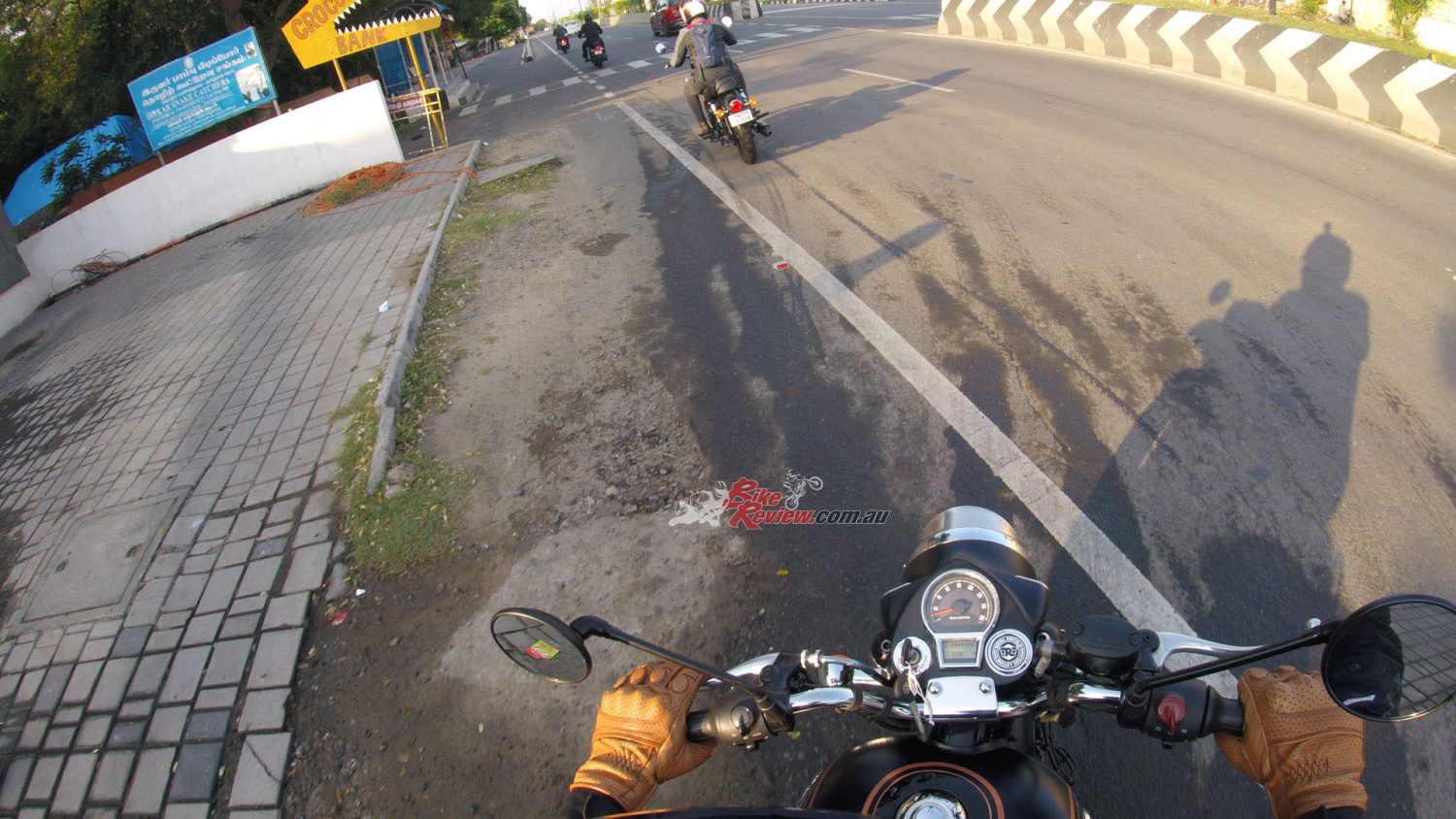
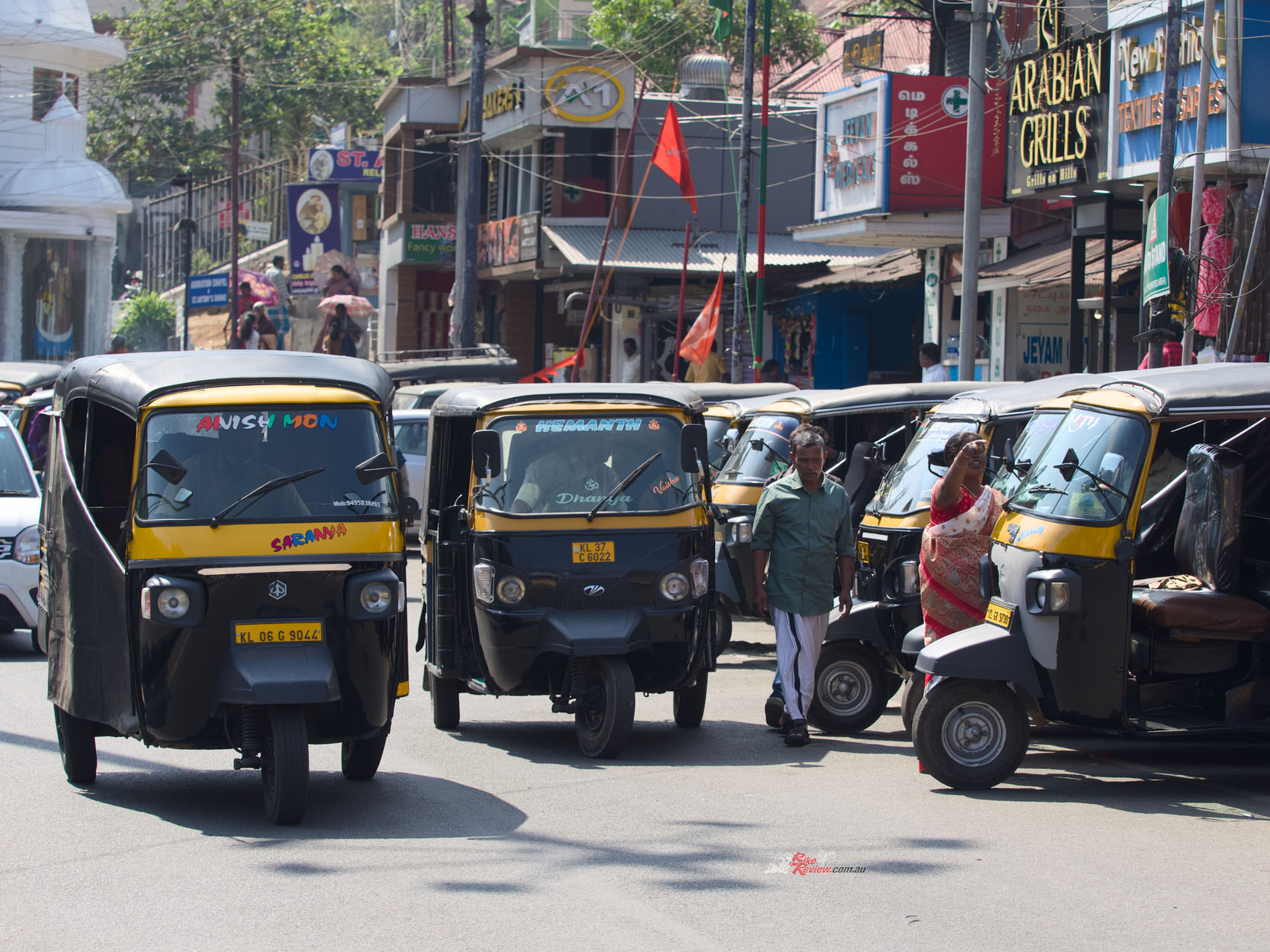

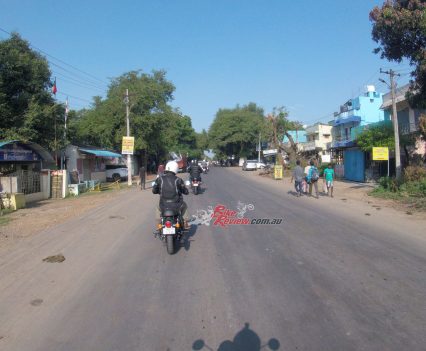
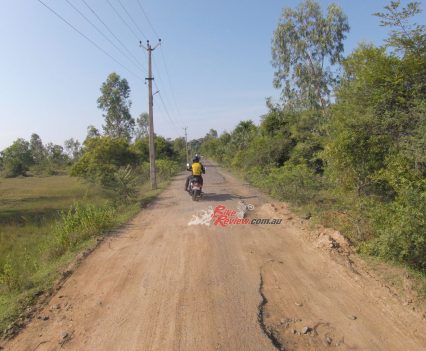

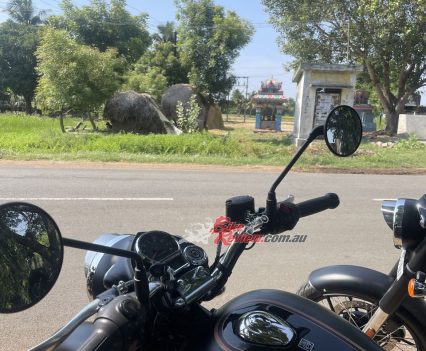
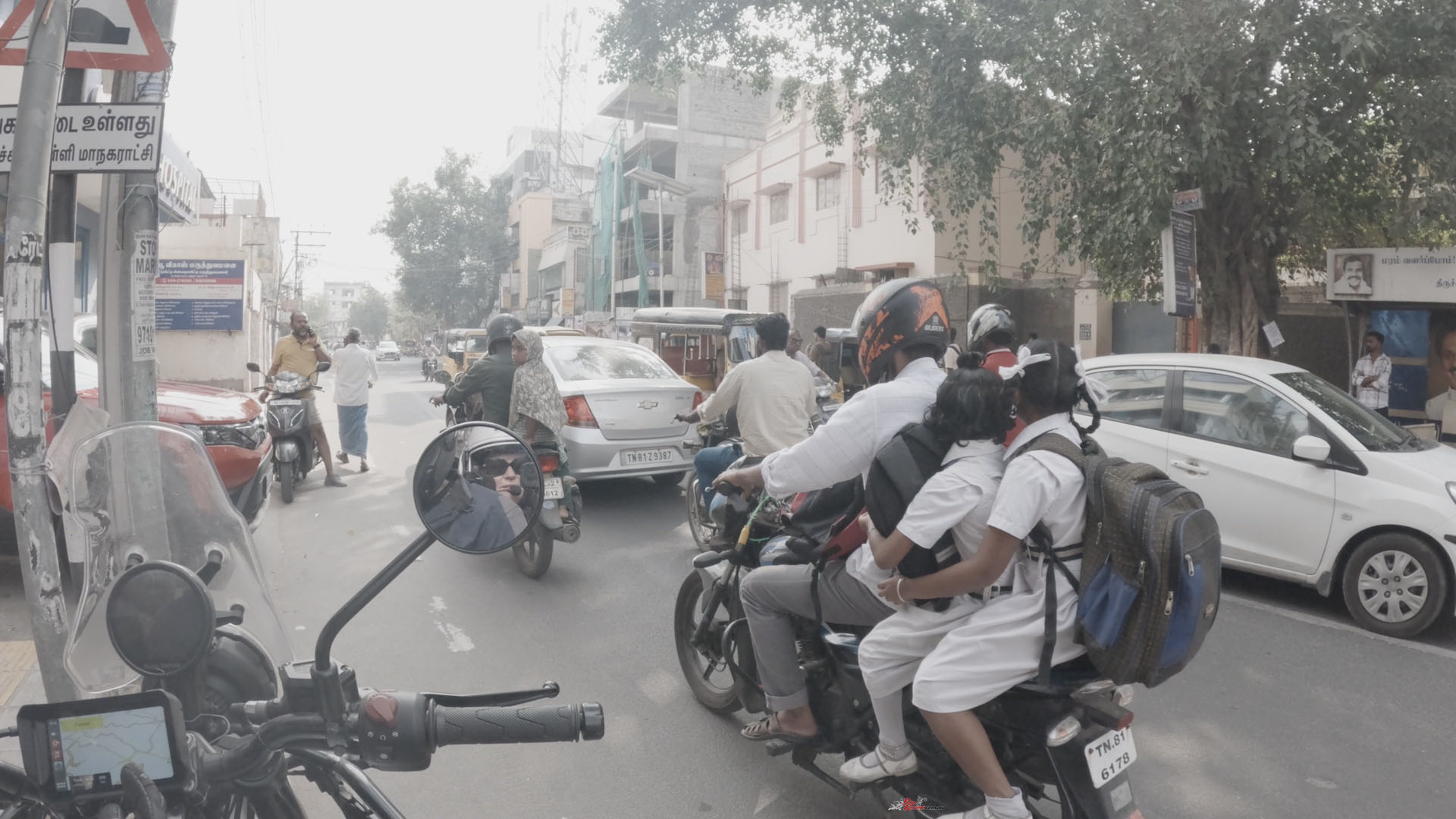

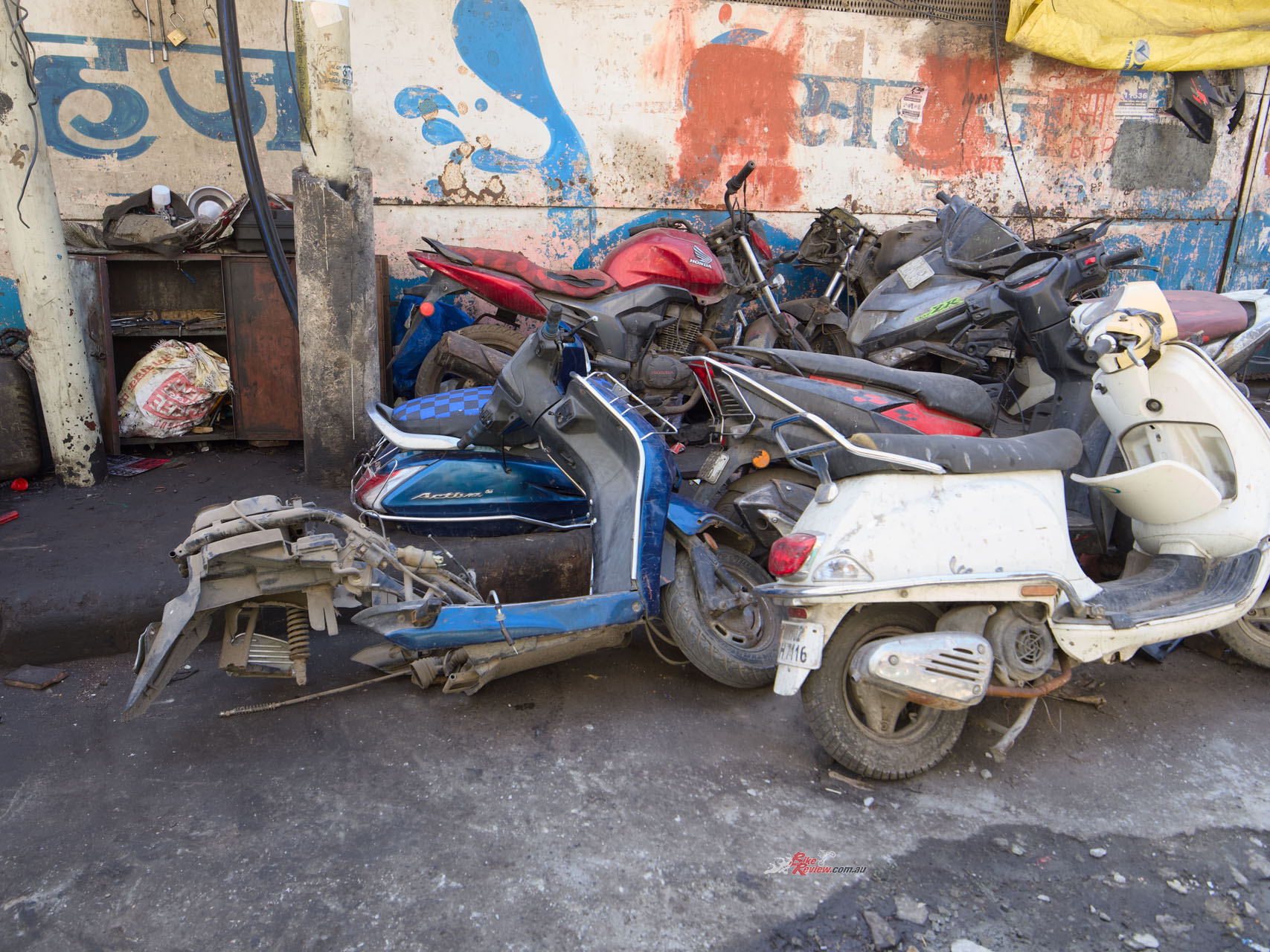


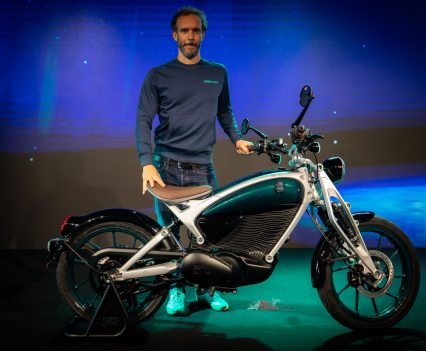
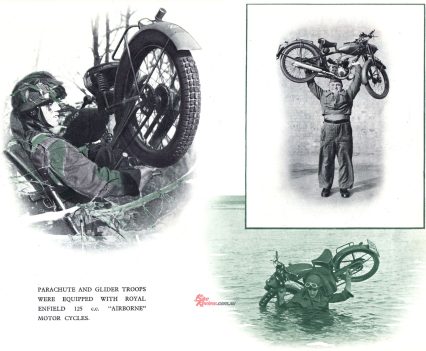
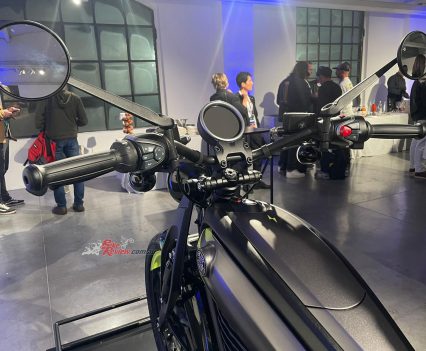
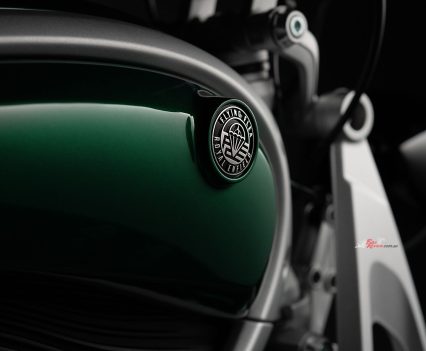
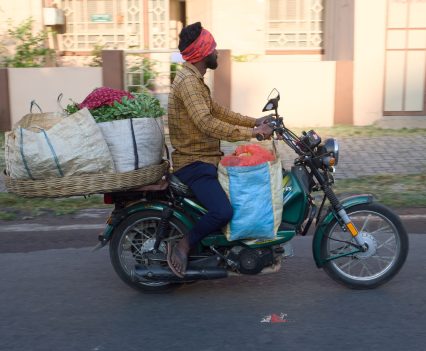
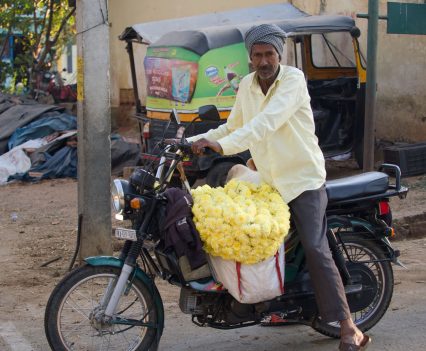

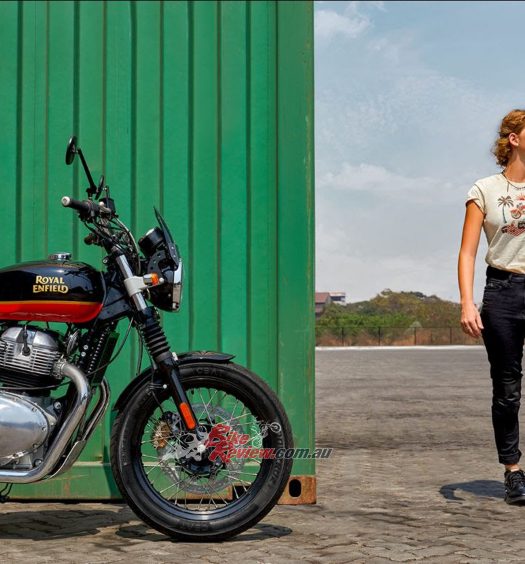


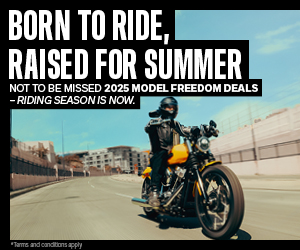



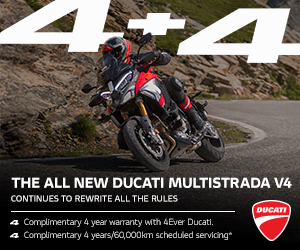








July 20, 2025
You mentioned Trumps Tariffs.
Trump is acting on behalf of those Billionaire Retailers and Wholesales. Those middle men who raise prices 50-75% and add ZERO VALUE.
Trump is targeting the Chinese, becuase the Chinese have told these middle men to get lost. And more and more Chinese factories are going direct to the western consumer. Same people/reason got Scott Morriosn make EBay hit us with GST.
July 20, 2025
I regularly hit Bunnings and Woolworths in Sydney’s North on my Scooter.
Can’t recall EVER seeing another Bike there (except deliver food guys scooters).
All Aussies are driving bigger and bigger SUVs, UTEs…..same people who will then go to work and bullshit at work they support climate change initiatives…..really
July 21, 2025
Such a shame… I have to agree. Not many bikes where I live either… Jeff.